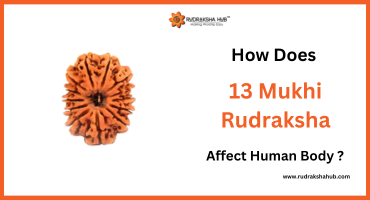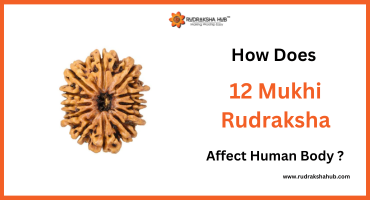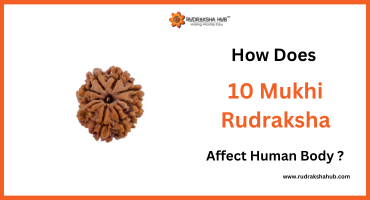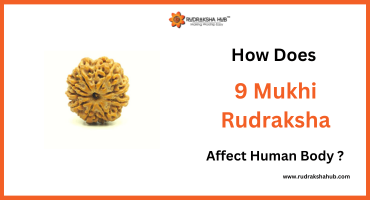
Shrimad Bhagwad Geeta Shlok Blog -16
Shlok-16
अनन्तविजयं राजा कुन्तीपुत्रो युधिष्ठिरः । नकुलः सहदेवश्च सुघोषमणिपुष्पकौ ॥ 1-16 ||
English Transcription
Anantavijayam Raja Kuntiputro Yudhishthirah | Nakulah Sahdevashch Sughoshamanipushpakau || 1-16 ||
Hindi Translation
Kunti Putra Raja Yudhishthir ne Anantavijaya Naamak Shankh Bajaya or Nakul or Sahdev ne bhi Sughosh or Manipushpak naamak shankh bajaye.
English Translation
The son of Kunti and Pandu, Yudhishthir, the eldest Pandava brother followed this by blowing his conch named as Anantvijaya. The fourth Pandava brother, Nakul blew his conch shell which was named Sughosh and then Sahdev, the youngest Pandava brother blew his conch shell named Manipushpak.
Meaning
In the previous Shlok, we saw how Shri Krishna, Arjun, and Bheem took out their Shankhs and they roared the sound of victory, bravery, and confidence from the Shankh knowing that at every stage they needed to prove themselves deserving of keeping demand and deserving justice for their existence.
Also, proving that the Kauravas are unjust and every injustice needs an ethical fight was important, and thus the Pandavas made sure that they reciprocate the drums and conches the way they were hurled at them by the Kauravas.
After Shri Krishna had announced his conch shell Panchajanya and Arjun had roared his conch shell, Devdutt, it was Bheem’s chance to roar his conch shell named Paundrik which meant the agent of angels for communication of his announcement to the angels and their communication from him to the angels as well.
In this shloka, we see how Yudhishthir, the eldest Kaurava brought his Shankh Anantvijaya and blew on it hard. Yudhishthir was the son of Kunti from Pandu as well as Arjun and Bheem. Nakul and Sahdev were sons of Madri, the second wife of Pandu, and thus to tell Dhritrashtra about what Yudhishthir was doing, Sanjaya used the word Kuntiputra Yudhishthir.
The question here can be that Yudhishthir is the firstborn of the Pandavas and yet, he was the fourth in line to blow the Shankh. Why so?
The answer is very simple. Arjun was the leading warrior in the battle of Mahabharata against the Kauravas and thus, even if he was younger than the other brothers, he blew his Shankh first. Since Shri Krishna, who was the eldest was the charioteer of Arjun, he blew the Shankh immediately after Arjun as even if he was the eldest, he came one step below Arjun in the battle and many steps ahead of other Pandavas, so he was second in line for the conch shell.
Bheem was the next in line in the warfare because he was another fierce fighter and after Arjun, he was the second in command, so he was the third person after Arjun and Shri Krishna to blow his conch shell, Paundrik, and announce his presence and acceptance of the war.
This was why Yudhishthir, who was a good ethical person and a great fighter himself, but not high in ranks above Arjun and Bheem was the fourth one to get a chance to blow his conch shell, Anantavijayi, and announce his acceptance of war and his position in the battlefield.
Anantvijayi was named such because Yudhishthir was one of the biggest war fighters himself and yet because he was too kind and huge-hearted, he hated the idea of violence and whenever he had a chance, he avoided the same. He won maximum battles with peace and harmony and he only used his strength against injustice. A lot of small time Kings, who needed help, friendship or support, or sometimes learning and a strong ally would just rather merge with Yudhishthir knowing well that he would not trade ethics and values for anything and thus, Yudhishthir wa able to cruise through all his battles and all his desires easily without any tension and without much violence. After each victory, Yudhishthir would make his signature move and announce his conch shell. this was the reason, his conch shell was named Anantvijayi, or the one that has seen no end to success and victories.
The next in line were the two sons of Madri, the second wife of Pandu, Nakul, and Sahdev. Since Nakul and Sehdev were twins, they were almost the same age except for the small time difference of some seconds between the two hence, they were both equally skilled and they had the next chance to blow their conch shells.
The conch of Nakul was called Sughosh, which was majorly equipment for making the announcement of what he wanted clear to everyone. Nakul was an excellent strategist and he loved to create and execute and fulfill difficult situations into easy modules and solve the most tricky parts of the most complex nature with simple deduction logic making everything easy and understandable even for a normal person. This was why, he generally was the backend team advisor and he was so sharp that howsoever difficult or complex the things were, he never lost anything from his memory and he could recall things at the snap of his fingers. This was why he was the announcer and the speaker on behalf of the Pandavas as whatever he said always made sense to everyone and even there were times when one of the most learned persons like Yudhishthir asked for advice from Nakul owing to his eidetic memory.
After Nakul, Sahadev also roared his conch shell that he called Manipushpak, which meant a gemstone from the sky. This was such because like Nakul was extremely talented at remembering things, Sahadev was extremely talented at knowing and observing things. He was a very careful planner. He was a modern-day data collector and planner and he had the quality of understanding where he never missed out on anything. This was why he was considered a gem from heaven. So he named his Shankh also Manipushpak, which was a representation of himself as he considered his things to be a representation of him only.
Conclusion
Thus, we see that this was how all the five sons of Pandu, or the Pandavas and Shri Krishna replied to the call for the war of the Kauravas using and showcasing their major strengths and their roars indicating how they too were ready to fight with the injustice and process the right, right.
That’s all for today in Shlok-16, Chapter-1 of Shrimad Bhagwat Geeta. We will see you tomorrow with Shlok-17, Chapter-1 of Shrimad Bhagwat Geeta. In case you have missed the Shlok-15, Chapter-1, check here.
Follow us:
Facebook: https://www.facebook.com/RudrakshHub
Instagram: https://www.instagram.com/rudrakshahub/?hl=en
LinkedIn: https://www.linkedin.com/build-relation/newsletter-follow?entityUrn=6965943605077164032
Youtube: https://youtu.be/iANESXa6i0c
Spotify: https://open.spotify.com/show/7sAblFEsUcFCdKZShztGFC?si=61a7b9a9e46b42d6
Website: https://www.rudrakshahub.com/blogs/Izzat-Respect-Shrimad-Bhagwad-Geeta-Shlok-16-Chapter-1














